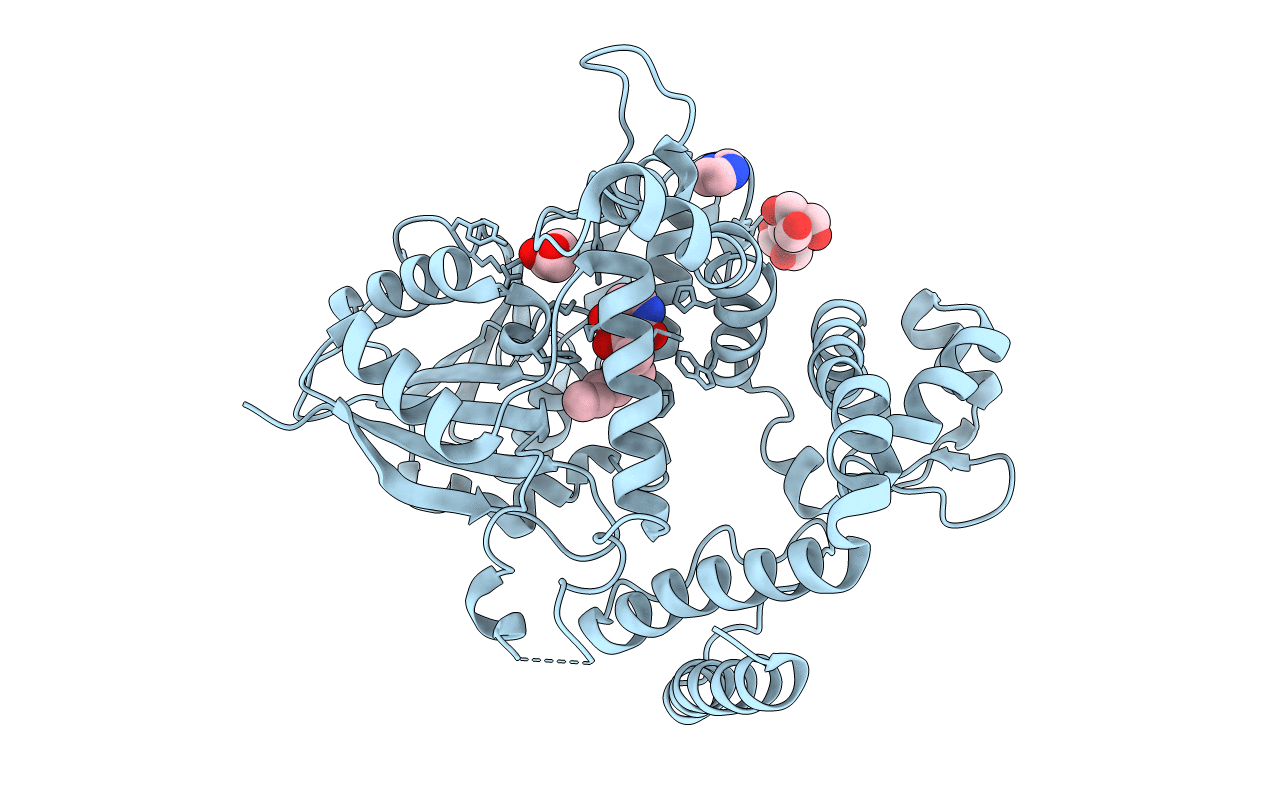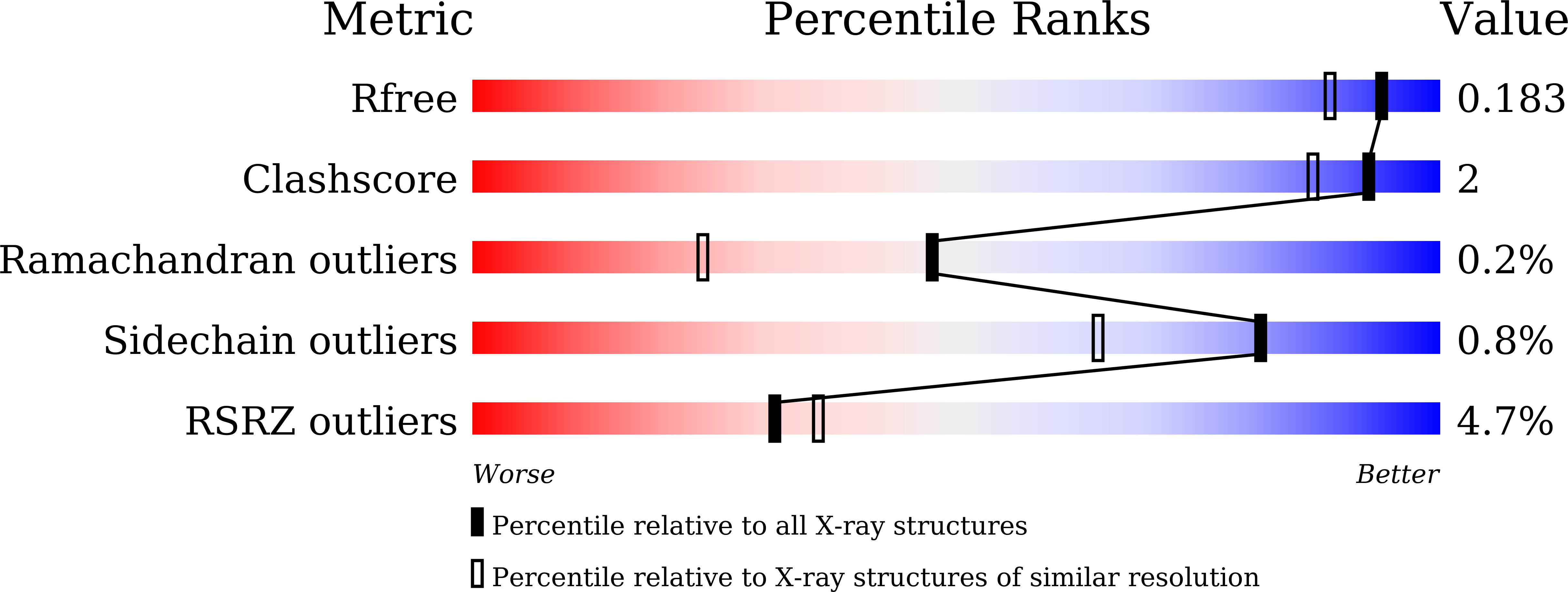
Deposition Date
2020-03-25
Release Date
2020-10-14
Last Version Date
2023-11-29
Entry Detail
PDB ID:
7BQO
Keywords:
Title:
The structure of HpiI in complex with its substrate analogue
Biological Source:
Source Organism:
Hymenoscyphus scutula (Taxon ID: 253101)
Host Organism:
Method Details:
Experimental Method:
Resolution:
1.53 Å
R-Value Free:
0.18
R-Value Work:
0.16
R-Value Observed:
0.16
Space Group:
C 2 2 21


